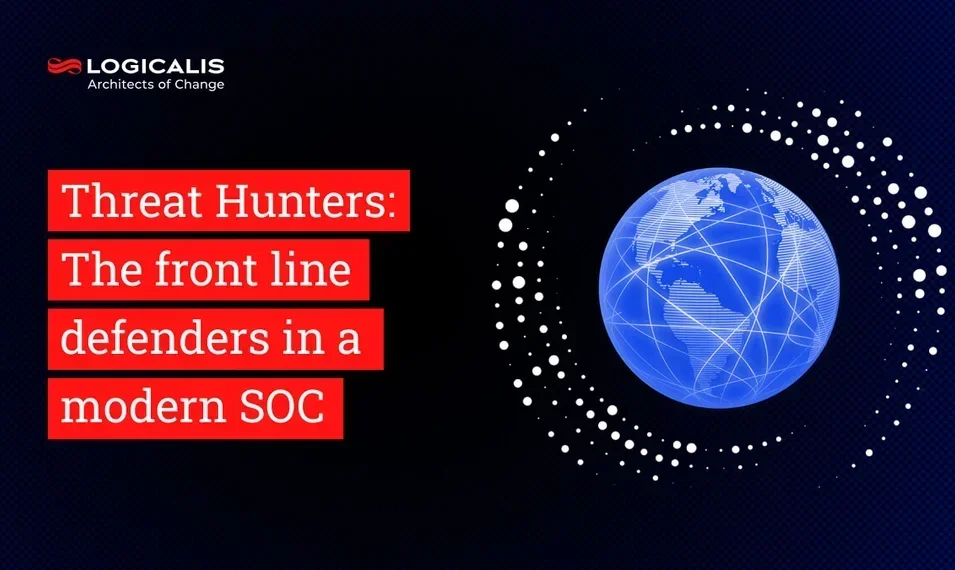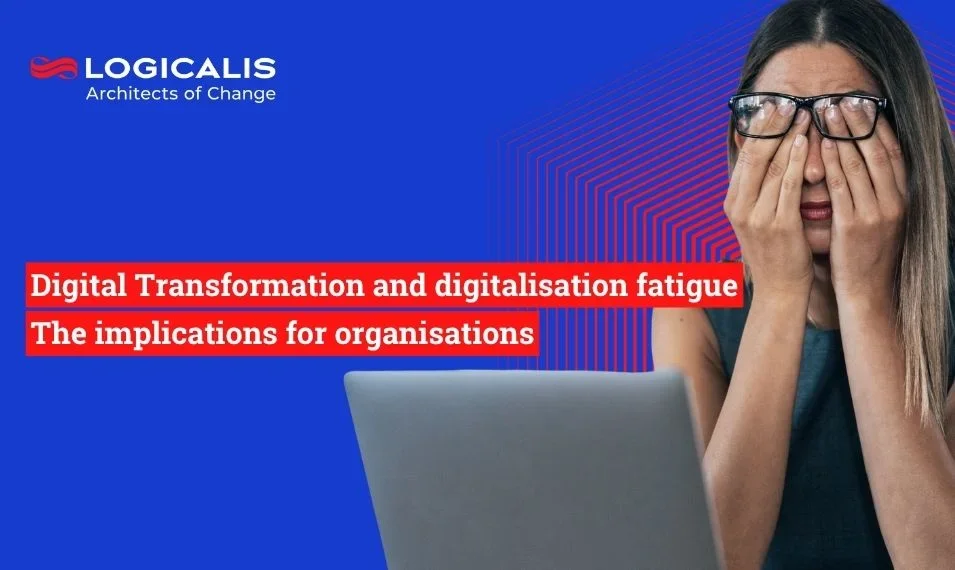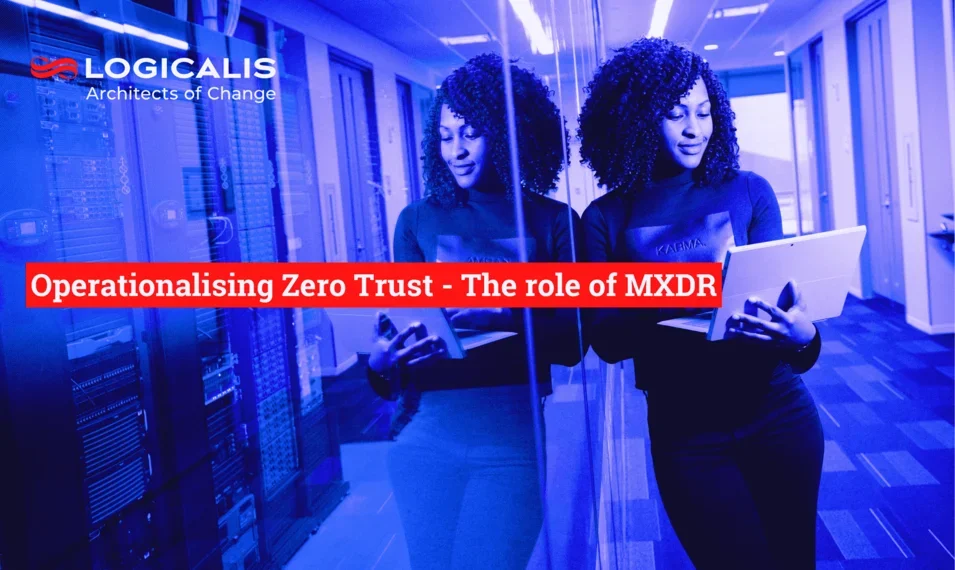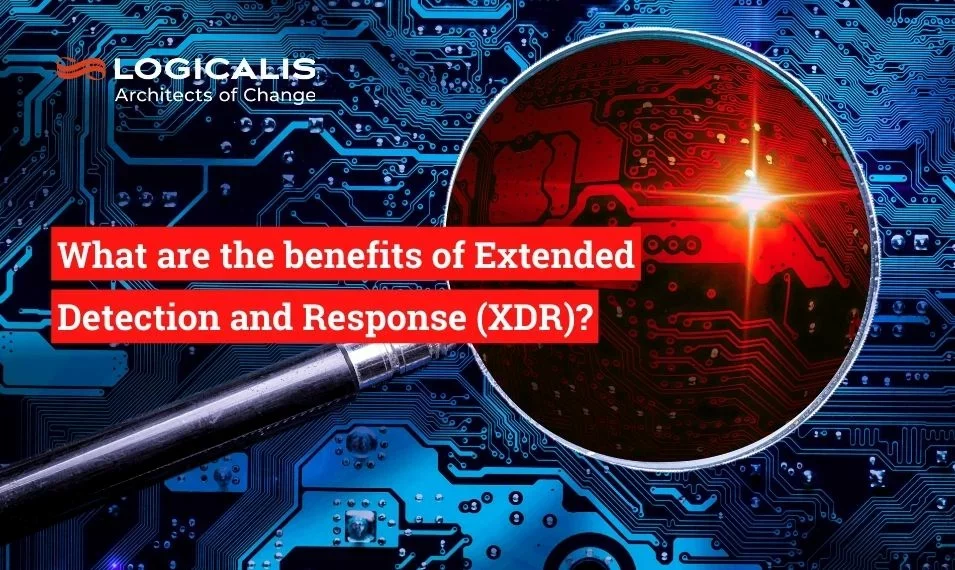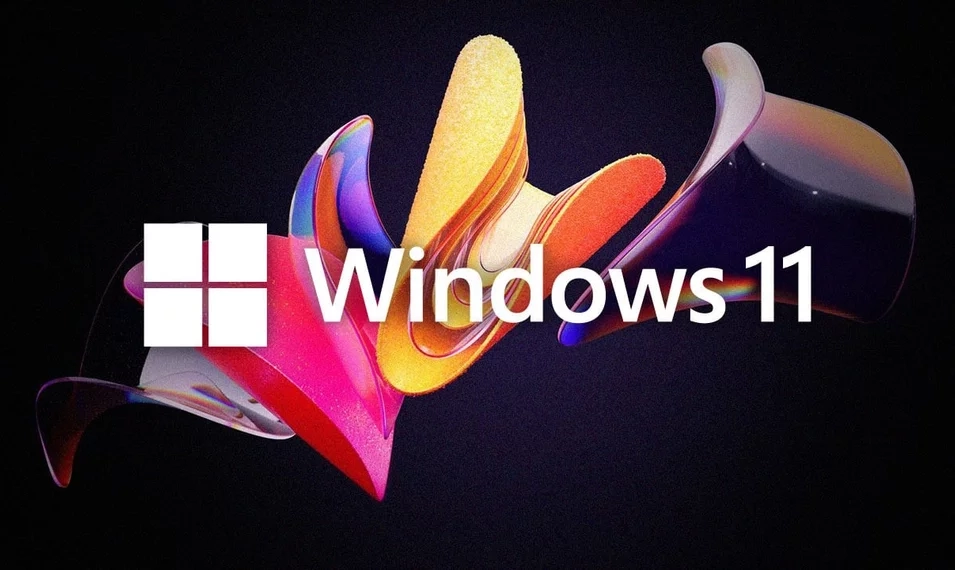
South Africa, Jan 24, 2024
The IT department has in many ways seen an increase in importance in small and large organisations. As the pace of digitalisation and technological innovation increases, so too does the role that IT teams play in an organisation’s success and strategic direction.
Gone are the days when the IT department was a mysterious team on the periphery of business considerations and attention. IT managers, team members, and senior leaders such as CIOs are playing a vital role in supporting and enabling business success across all departments.
It is for this reason that a strong and reliable IT communications strategy is required to get maximum buy-in from all stakeholders in the IT value chain. Developing your IT communications strategy is an involved process that follows multiple steps:
Define the objectives and outcomes
What the strategy needs to achieve must be clearly outlined and defined in terms that all IT and non-IT stakeholders can understand. Each stakeholder group has different requirements from IT communications and these requirements must be understood and included.
Some examples to consider:
- What do our technical and non-technical staff need to know about regular system updates, end-user policies, or the overall business IT objectives?
- What information does our executive team need to develop and maintain effective IT policies?
- Do any of our clients rely on our business’ IT infrastructure? What do they need to know in the case of system updates, outages, emergencies, or changes?
Evaluate current IT communications channels
Existing IT communications channels and technologies must be evaluated. Do these channels meet the needs of your IT communications strategy and stakeholders? What are the current benefits and risks associated with these channels? Are there any channels that are not performing as they should? Do they need to be updated or replaced with new technologies?
Determine which channels are suitable for which stakeholder groups
Communications channels can range from emails, newsletters, intranet, social media, or traditional meetings. Each channel has a different reach and message format, and some would be more suitable to some stakeholders than others.
Be careful not to have too many communications channels as this can increase the administrative burden and may result in confused messaging. Synchronising communications across fewer channels and grouping similar stakeholder groups together can save time and money.
Develop messaging that is simple, jargon-free, and supports the brand
It is important to keep IT communications simple and easy to understand. Not all stakeholder groups will be familiar with IT jargon. Messaging should also follow a consistent and recognisable pattern to support the organisation’s brand, goals, and support efforts.
Allow 2-way communications and feedback
Effective communications must be able to support and enable feedback from stakeholders. If a message is unclear or missing information, then stakeholder groups must be able to give easy feedback. This feedback can take the form of surveys, direct messaging, live chat services, or support desks.
This helps to improve the organisation’s IT communications system and makes continuous optimisation possible.
Develop emergency guidelines and procedures
Emergencies and crises affecting IT systems can severely impact business stakeholders.
An emergency response plan must be put in place where responsibilities, response procedures, and timelines are clearly defined.
Provide training
Some IT communication channels involve new technologies, methodologies, or processes. All relevant stakeholders must be familiar with how the systems work and where to find the information they need.
It isn’t necessary to turn everyone into experts, but training and orientation programmes should familiarise stakeholders with the communications channels as quickly as possible.
Measure and evaluate IT communications
The performance of business IT communications must be measured and evaluated against the set objectives. Performance can be tracked through reporting, feedback, and observed outcomes.
This allows the organisation to make necessary improvements and track if communications are supporting business goals.
Keep improving
No communications system will ever be perfect, so it is important to keep improving it. The organisation’s culture must also embrace the communications approach and all stakeholder groups must be included.
Internal decision makers such as CIOs and IT managers can contribute greatly towards building an effective system. In situations where internal skills are missing, external consultants or ICT specialist companies can be approached to assist with and implement communications strategies.
Effective IT communications are not merely a support function but a strategic imperative for any business. By embracing these IT communication strategy principles, organisations can build a resilient and technology-ready workforce and drive sustained success in an increasingly digitalised world.

